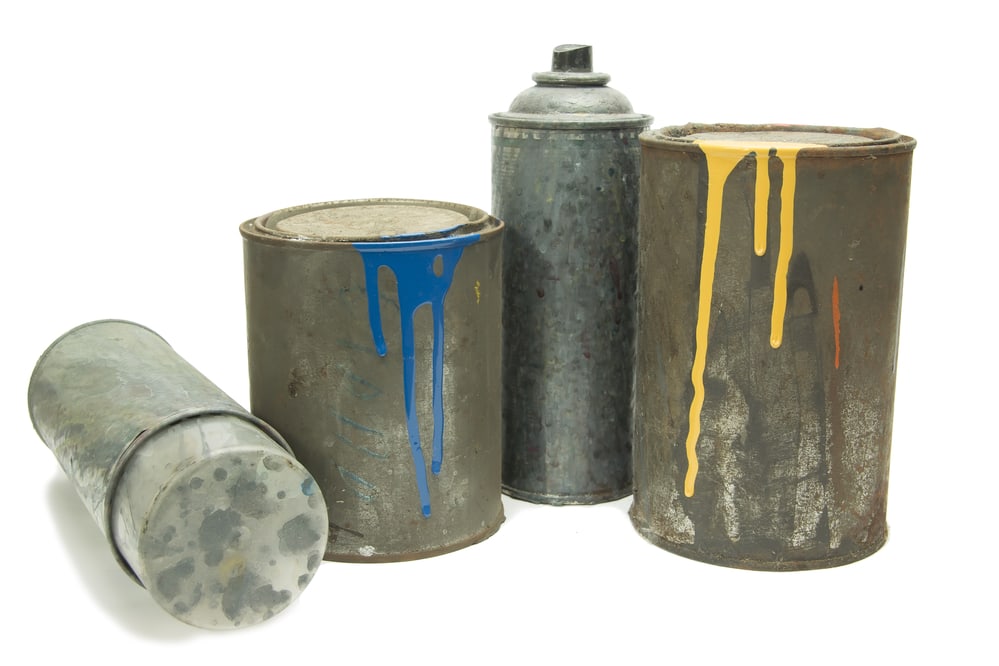
What Kind of Paint Should I Use for Holiday Window Painting?
November 9, 2016
When Is the Best Time to Dispose of Old Paint?
December 7, 2016When you want to change the look of your interior space, you may be tempted to do a few color experiments to create something new and unique to your home. Done right, experimenting is a good thing that can truly bring out the character of a room and show off your great sense of style. Done incorrectly, your bold color choices may cause a room to feel too loud or make guests feel uncomfortable. To avoid experiment failures, there are a few color mistakes many homeowners make that you can learn to avoid. In the world of painting, the only way to break or bend the rules is to first master them.
Remember Your Lighting
Without light, color is not much to look at, and the right light can make a color glow brilliantly. However, failing to take light into account and choosing the wrong color may completely ruin your well-intentioned plans. For example, bad light may make that beautiful gray appear lavender or can cause your pristine white on the walls to appear to be dingy.
To counteract this, paint or tape up a sample to view any new potential colors during all hours of the day. Lights from your windows, lamps, and overhead lights all play a key role in the way your paint colors are perceived, meaning you need to know what a color or combination of colors looks like during morning and evening. If a color you were sure would work does not, take it back to the paint store and explain to the expert there what kind of light you have. With his or her help, you should be able to choose the bold colors you want that will glow brilliantly in your home.
Mixing Too Many Colors
When you mix a large number of colors at once, you risk using the wrong balances and creating something that simply does not look good. There is no official limit to the number of colors you can have in one room and your options are as varied as your imagination. However, certain colors simply do not mix well with others or only with select shades.
One way to tell whether you may have too many clashing colors is to sit inside your room with an unbiased friend. You will need to ask him or her if the room helps him or she feel peaceful or relaxed. If he or she replies with anything negative, you may have experimented a little too much. One good rule of thumb is to aim for one or two primary colors and a few secondary accent colors. Once you have a handful of complimentary hues, make sure to pay attention to the location you place each color. It is best to spread the primary colors evenly and create some sort of pattern the eye can follow with the secondary colors.
Too Many Matching Colors
Just as it is not always a good idea to have too many colors in a room at once, too much of the same color can wash a room out or make it appear boring. You may adore the color blue, but your walls should not be a mosaic of five different shades of the same color. Instead, consider pairing it with a complementary color from the color wheel or go for something boldly opposite such as white. The color difference will bring your room to life.




